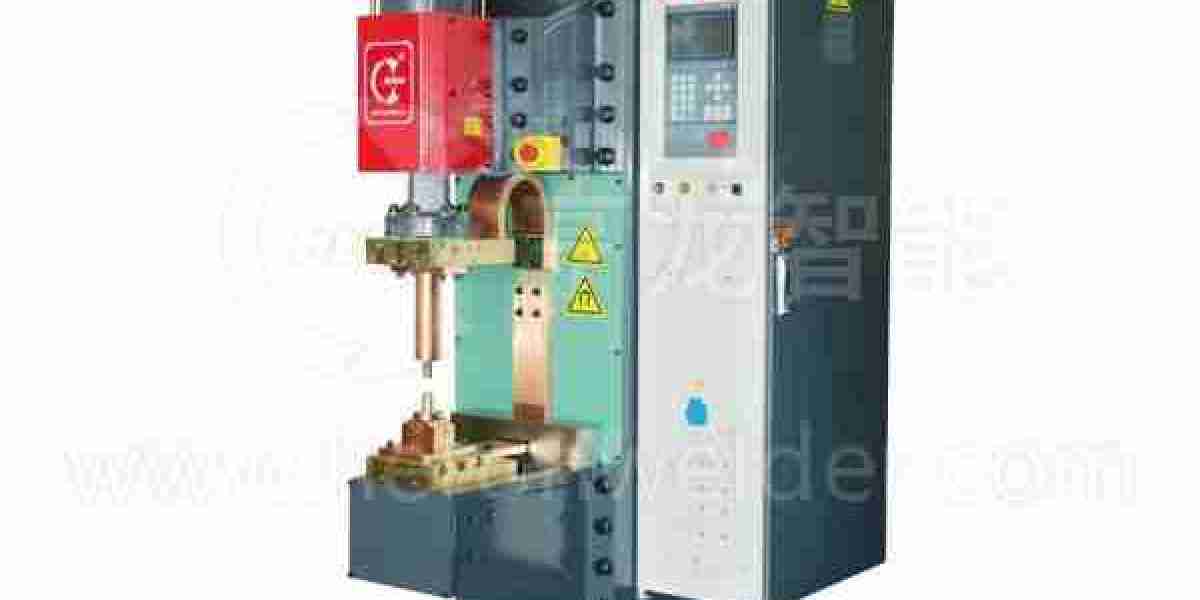Welding automation has become a cornerstone of modern manufacturing, reshaping industries with precision, speed, and reliability. From automotive production lines to heavy machinery fabrication, the adoption of automated welding systems is redefining the way businesses approach metal joining. As industries demand higher output, consistent quality, and cost efficiency, welding automation stands at the forefront, enabling manufacturers to meet these expectations while minimizing human error.
Automated welding systems combine advanced robotics, sophisticated control software, and high-performance welding equipment to deliver seamless operations. Unlike traditional manual welding, where skilled labor is essential, automation ensures that every weld maintains uniformity across large production volumes. This level of consistency is crucial in sectors like aerospace, automotive, and shipbuilding, where structural integrity and safety are non-negotiable.
Applications Across Industries
Welding automation has broad applications across numerous industries. In the automotive sector, automated welding cells handle repetitive tasks such as chassis assembly, door fabrication, and exhaust system construction. These systems operate around the clock, maintaining a steady output that aligns with global supply chain demands.
In shipbuilding, welding robots manage large-scale structural components with precision, reducing the risks associated with manual labor in confined and hazardous environments. Similarly, in the construction of pipelines and heavy machinery, welding automation ensures that joints are strong and reliable, preventing future structural failures. The electronics industry also benefits from micro-welding automation, where small, intricate welds are required on delicate components.
Technology Behind Welding Automation
At the heart of welding automation are robotic arms, programmable logic controllers (PLCs), and welding power sources designed for automated operation. These systems integrate sensors, cameras, and AI-driven algorithms to monitor the welding process in real time. By analyzing data such as heat input, travel speed, and weld bead formation, automated welding systems adjust parameters on the fly, ensuring consistent quality.
Laser welding, robotic arc welding, and plasma welding are some of the technologies frequently incorporated into automated systems. Each method caters to specific material types, thicknesses, and design requirements, providing manufacturers with a versatile toolkit to handle diverse production challenges.
Efficiency and Productivity
One of the most significant impacts of welding automation is its ability to enhance productivity. Automated systems can operate continuously without fatigue, performing hundreds of welds per hour with minimal downtime. This level of efficiency translates into faster production cycles and lower operational costs.
Welding automation also allows manufacturers to optimize workflow layouts. By strategically positioning robotic cells, conveyors, and material handling systems, production lines can achieve smooth transitions between fabrication stages. This optimized workflow reduces bottlenecks and ensures timely delivery of components, which is critical for industries operating under tight deadlines.
Quality and Precision
Consistency in weld quality is a critical factor for manufacturers. Automated welding systems eliminate variability caused by human operators, ensuring that each weld adheres to exact specifications. Real-time monitoring systems detect defects such as porosity, undercut, and misalignment, enabling immediate correction and preventing costly rework.
Moreover, automated welding supports complex designs that would be challenging to execute manually. Intricate geometries, multi-pass welds, and difficult-to-reach areas can be handled with robotic precision, expanding the possibilities for innovative product designs.
Integration and Scalability
Modern manufacturing demands flexible and scalable solutions. Welding automation systems can be integrated with existing production lines, ERP systems, and quality control processes. This integration allows for seamless communication between different departments, improving overall operational efficiency.
Scalability is another key advantage. As production demands grow, additional robotic cells can be added without disrupting existing workflows. This modular approach ensures that manufacturers can respond quickly to market demands while maintaining consistent quality.
Safety and Workforce Transformation
Automating welding processes significantly improves workplace safety. By removing operators from hazardous environments, exposure to heat, fumes, and ultraviolet radiation is minimized. While automation reduces the reliance on manual welding labor, it also creates opportunities for skilled technicians to manage, program, and maintain robotic systems. This shift requires new expertise and opens doors for workforce development in high-tech manufacturing roles.
Future Trends in Welding Automation
The future of welding automation is closely tied to advancements in AI, machine learning, and IoT technology. Smart welding systems equipped with predictive analytics will further enhance precision, detect maintenance needs proactively, and optimize production parameters. Collaborative robots, or cobots, will work alongside human operators, combining human flexibility with robotic accuracy.
Sustainability is also shaping the evolution of welding automation. Energy-efficient systems and advanced process monitoring contribute to reduced material waste and lower energy consumption. As industries embrace green manufacturing practices, welding automation will play a crucial role in achieving environmentally responsible production.
Final Thoughts
Welding automation is not just a technological innovation; it represents a paradigm shift in manufacturing. By combining precision, efficiency, and scalability, automated welding systems empower industries to meet increasing demands while maintaining superior quality. From automotive to aerospace, shipbuilding to electronics, welding automation drives industrial transformation, enabling manufacturers to achieve new levels of productivity and innovation.






